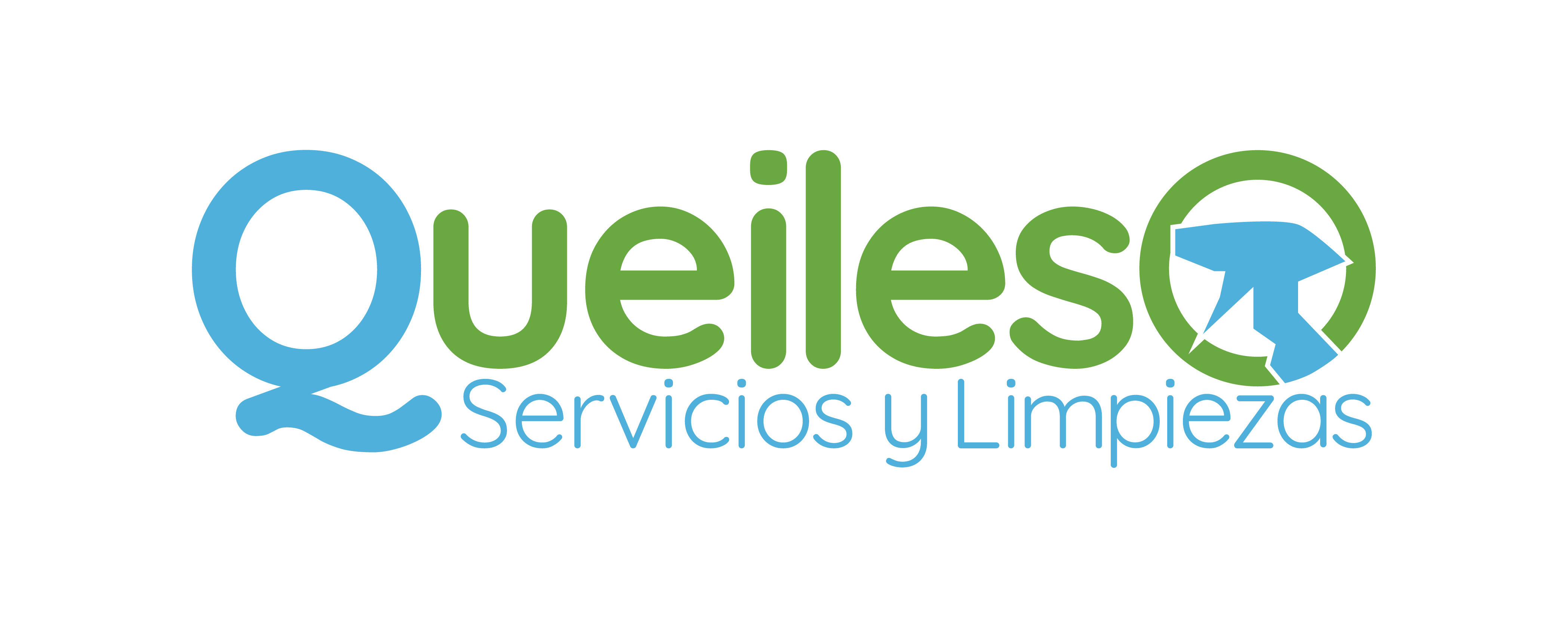How to Calculate Interest Expense on Bonds Payable
The greater the percentage of the original debt principal paid down over the borrowing term, the more the interest expense declines, all else being equal. Knowing how much your company will owe over a bond’s lifetime can give you a better sense of the true cost of debt. Debits increase asset accounts, such as cash, and expense accounts, such as interest expense. Credits decrease asset and expense accounts, and they increase revenue, liability and shareholders’ equity accounts. If a company has $100 million in debt with an average interest rate of 5%, then its interest expense is $100 million multiplied by 0.05, or $5 million.
The final bond accounting journal would be to repay the par value of the bond with cash. Corporations, public-sector organizations and governments issue bonds to raise capital. Bonds pay regular interest, and the investors get the principal or par value of the bond back on maturity.
Learn about and calculate the cost of borrowing money.
- The greater the percentage of the original debt principal paid down over the borrowing term, the more the interest expense declines, all else being equal.
- Each period the interest expense (5,338) is the interest paid to the bondholders based on the par value of the bond at the bond rate (4,800) plus the discount amortized (538).
- But to prevent a financial model from showing errors due to the endless loop of calculations – i.e. a “circularity” – a circularity switch is necessary, as we’ll soon demonstrate in our modeling tutorial.
- This occurs when the prevailing market interest rate is greater than the coupon rate.
These debt securities are popular because they enable organizations to obtain funding and pay it back over time without having to give up equity. The final column headed premium, shows the difference between the interest expense and the payment for the period, and represents the amortization of the premium (551), which needs to be credited to the interest expense account each period. Therefore, the principal amortization is calculated by multiplying the $20 million debt balance by 2%, which is $400k each year. To forecast interest expense in a financial model, the standard convention is to calculate the amount based on the average between the beginning and ending debt balances from the balance sheet.
Net Interest Cost (NIC): Calculation, Example, Limitations
However, they must account for the monies they pay their lenders within their financial records. Get stock recommendations, portfolio guidance, and more from The Motley Fool’s premium services. Interest expense is usually stated near the bottom of the income statement, after all selling, general and administrative expenses. This is done so that readers can discern the profit or loss from operations before the impact of financing activities. A possible presentation option is to combine interest expense and interest income into a single line item, which may be useful when you want to compress the income statement layout.
Understanding Net Interest Cost (NIC)
For instance, say a company issues a five-year bond with a face value of $1,000 and a 2% interest rate. The company will typically pay that $100 in semiannual interest payments of $10 spaced six months apart. Suppose, for example, a business issued 8% 2-year bonds payable with a par value of 120,000 and semi-annual payments, in return for cash of 117,848 representing a market rate of 9%.
Our simplified model assumes the mandatory repayment of the original principal is 2.0% per year. Suppose a company decided to raise $20 million in capital through issuances of loan with a long-term maturity near the end of 2021. Interest Expense represents the periodic costs incurred by a borrower as part of a debt financing arrangement. We Fools may not all hold the same opinions, but we all believe that considering a diverse range of insights makes us better investors. Double Entry Bookkeeping is here to provide you with free online information how to find bond interest expense to help you learn and understand bookkeeping and introductory accounting. EBIT attempts to measure exactly how much a company earns from its core business operations.
For example, many bonds don’t carry a fixed interest rate, with floating interest rate payments that are determined by reference to changing benchmark rates in the credit markets. Based on current rates, such a bond might pay 3.25% interest, or $16.25 for a $1,000 bond’s semiannual payment. But in the future, if rates go up, then the interest expense automatically rises to adjust to the changing conditions. Notice that the effect of this journal is to post the interest calculated in the bond amortization schedule (5,338) to the interest expense account. In effect, because the bonds were issued at a discount and the business received less cash than the par value of the bonds, the cost (interest) to the business is increased each period by the amount of the bond discount amortization. For the current year, this means that the company will pay out $60,000 of interest expense to bond holders.

